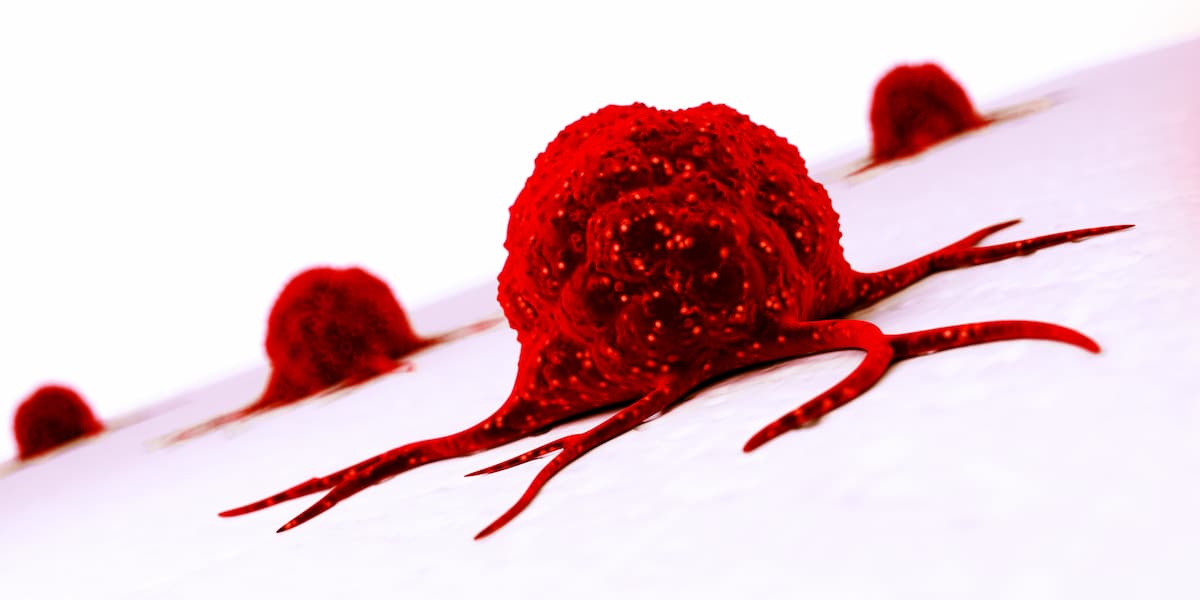Models May Predict Late Kidney Failure in Pediatric Cancer Survivors
Findings from a cohort of the Childhood Cancer Survivor Study identify a prediction model that may accurately identify childhood cancer survivors at varying risks of late kidney failure.
Prediction models identified pediatric cancer survivors at low-, moderate-, and high-risk for late kidney failure, which may help guide screening strategies for high-risk survivors who may benefit from closer monitoring and intervention, according to findings from a study assessing 5-year survivors from the Childhood Cancer Survivor Study (CCSS).
"Although outcomes in the CCSS cohort were primarily self- reported with potential for misclassification, we demonstrated that the prediction models could be reasonably applied to large external validation cohorts with different methods of ascertaining outcomes, which supports the robustness of our models," according to the study authors.

With a median follow-up of 22.2 years (interquartile range [IQR], 16.4-29.7) in the CCSS cohort, 204 of 25,483 survivors developed late kidney failure with a cumulative incidence of 1.0% (95% CI, 0.8%-1.1%) by 40 years of age. Additionally, with a median follow-up of 27.0 years (IQR, 19.8-34.7), there was a cumulative incidence of 0.2% (95% CI, 0.1%-0.5%) in a comparator cohort of siblings by 40 years of age.
Investigators collapsed risk scores to create statistically distinct low- (n = 17,762), moderate- (n = 3784), and high-risk (n = 716) groups, which corresponded with cumulative incidence rates of kidney failure by the age of 40 of 0.6% (95% CI, 0.4%-0.7%), 2.1% (95% CI, 1.5%-2.9%), and 7.5% (95% CI, 4.3%-11.6%), respectively, vs 0.2% (95% CI, 0.1%-0.5%) in the sibling cohort. Survivors in the low-risk group had a relative risk of 3.2 (95% CI, 1.6-6.1; P <.001) compared with 3.0 (95% CI, 1.6-5.9; P <.001) in the sibling group, according to simple and dose-specific models, respectively, of developing kidney failure compared with siblings.
“Although outcomes in the CCSS cohort were primarily self- reported with potential for misclassification, we demonstrated that the prediction models could be reasonably applied to large external validation cohorts with different methods of ascertaining outcomes, which supports the robustness of our models,” the study authors stated.
Investigators included 5-year survivors without a history of kidney failure who were assessed for subsequent kidney failure by the age of 40, which included dialysis, kidney transplantation, or kidney-related death.
Predictors for the models included age, sex, race and ethnicity, congenital genitourinary anomalies, age at cancer diagnosis, history of nephrectomy within 5 years of diagnosis, exposure to potentially nephrotoxic chemotherapy, radiotherapy exposure to the abdomen and kidney, and development of subsequent malignant neoplasm or comorbid conditions following cancer diagnosis. Investigators developed 2 prediction models: a simple model with all predictors categorized as “yes” or “no” only, and a dose-specific model including cumulative chemotherapy dosing and mean radiotherapy doses to the kidney.
The primary outcome of this study was incidence of grade 4/5 kidney disease occurring at least 5 years since diagnosis and before the age of 40. Investigators identified outcomes through survivor self-report and linkage with the Organ Procurement and Transplantation Network and the National Death Index.
Data from 4708 patients in the St. Jude Lifetime Cohort Study (SJLIFE) and 6760 patients in the National Wilms Tumor Study (NWTS) served to validate the CCSS-based prediction models. The SJLIFE cohort defined outcomes through in-person clinical evaluation and the NWTS cohort accepted patient or family self-report.
Most patients were male in the CCSS (53.5%) and SJLIFE cohorts (52.0%), and most in the NWTS cohort were female (54.0%). Additionally, most patients had leukemia in the CCSS (40.2%) and SJLIFE cohorts (26.1%), and all patients had kidney tumors in the NWTS cohort (100.0%). The majority of patients had a cancer diagnosis before the age of 10 in the CCSS (66.4%), SJLIFE (62.5%), and NWTS cohorts (96.7%).
In the simple and dose-specific models, early-onset hypertension was a likely predictor of kidney failure with a risk score of 4, which exceeded the scores of all other predictors including risk scores of 3 for a cumulative dose of 60 g/m2 or more of ifosfamide and a mean kidney radiotherapy dose of 12 Gy or more.
Applying the CCSS-based cumulative risk scores to the external validation cohorts, the area under the curve (AUC) risk score and concordance-statistic score, respectively, was 0.83 (95% CI, 0.73-0.96) and 0.86 (95% CI, 0.75-0.96) with the simple model, and 0.88 (95% CI, 0.72-0.98) and 0.88 (95% CI, 0.71-0.98) in the dose-specific model in the SJLIFE cohort. Additionally, the respective AUC and concordance-statistic risk scores were 0.62 (95% CI, 0.54-0.68) and 0.63 (95% CI, 0.56-0.70) in the simple model, and 0.67 (95% CI, 0.61-0.77) and 0.64 (95% CI, 0.59-0.73) in the dose-specific model for the NWTS cohort.
Reference
Wu NL, Chen Y, Dieffenbach BV, et al. Development and validation of a prediction model for kidney failure in long-term survivors of childhood cancer. J Clin Oncol. Published online February 16, 2023. doi:10.1200/JCO.22.01926
Newsletter
Stay up to date on recent advances in the multidisciplinary approach to cancer.
Implementing a Multidisciplinary Lifestyle Medicine Clinic for Cancer Survivorship
The lifestyle medicine needs of cancer survivors seeking lifestyle consultation are growing, and awareness of the benefits of lifestyle medicine for this population can enhance the quality of life for patients who are survivors of cancer.